In this article, you will learn about how to do Ghost UEFI on Windows 11/10. Today, most of the Windows 11/10 operating systems are installed on GPT disks. If your system is installed on a GPT disk, you can create a single Ghost image for multiple partitions. This Ghost image can be used to restore the system in case any problem occurs.
How to create Ghost UEFI on Windows 11/10
We will describe two methods to do Ghost UEFI on Windows 11/10:
- Using Ghost32 software.
- Using AOMEI Backupper software.
1] How to do Ghost UEFI on Windows by using Ghost32
Ghost32 is a portable software. Download it and click on the executable file to run it. Follow the below-listed instructions.
1] After launching the software if you get the information screen, click OK.
2] Go to Local > Partition > To Image, select the source drive on your system, and click OK.
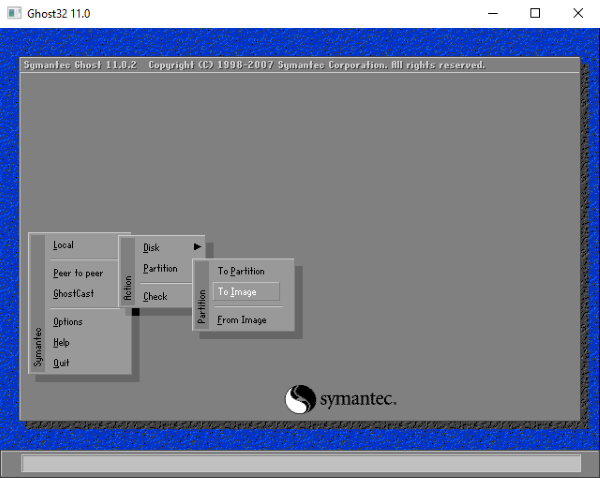
3] Now, you have to select the partitions for which you want to create a ghost image file. For multiple selections, press and hold the Ctrl key on your keyboard. When you are done, click OK.
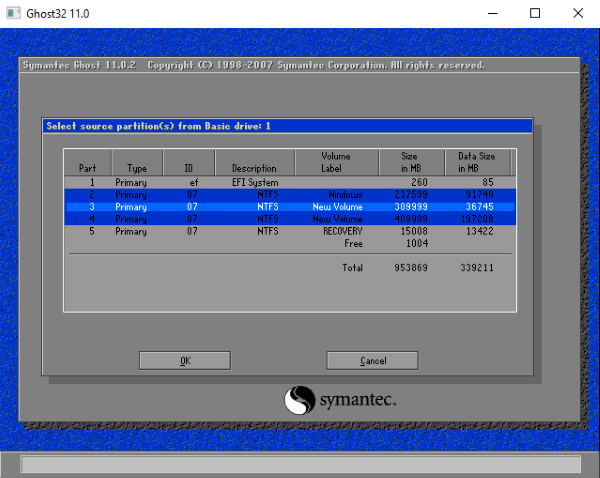
4] Select the location where you want to save the ghost image backup file. You can also create a new folder to save the file. When you are done, name your file and click on the Save button.
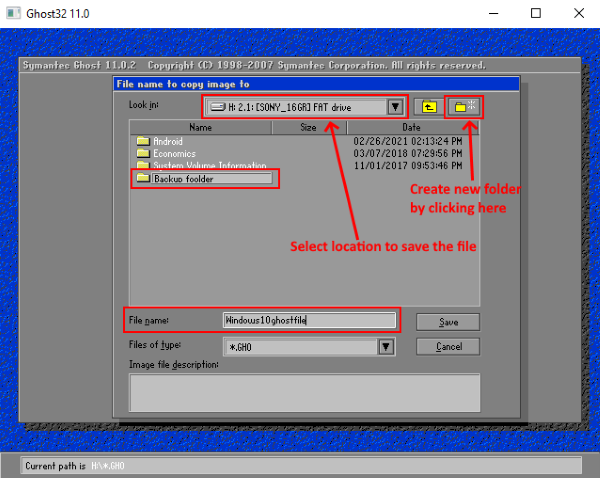
5] When you save the file, you will be asked whether you want to compress it or not. Select the options accordingly and proceed as per the instructions displayed on the screen.
If you get a message that “The disk is currently in use. Do you want to force unmount it?” Select Yes. The time taken by the software to create the ghost image file depends on the size of data that you have stored on the disk.
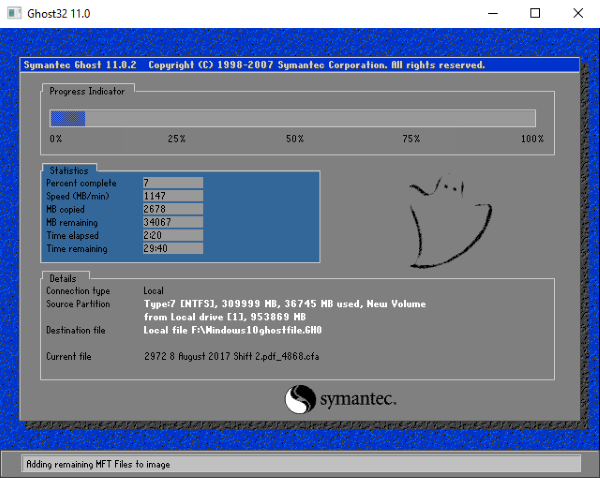
It also displays the remaining time to create the ghost file. When the process gets completed, click Continue and select Quit to exit the software.
Read: How to create System Image in Windows 11/10.
The ghost image that you have created lets you backup your system when a problem occurs. Follow the below-listed steps to restore your system from the ghost image file:
- Launch Ghost32 software and go to Local > Partition > From Image and select the image file from the location where you have stored it.
- Now, choose destination drive and click on the Yes button to proceed with image restoration.
2] Create Ghost UEFI on Windows by using AOMEI Backupper
AOMEI Backupper is another free software to create a ghost image file for system backup. Unlike the Ghost32, AOMI Backupper automatically selects the partitions like MSR partition, ESP partition, etc. Download and install the AOMEI Backupper on your system and follow the below-listed steps:
1] Select New Backup on the Home page of the software.
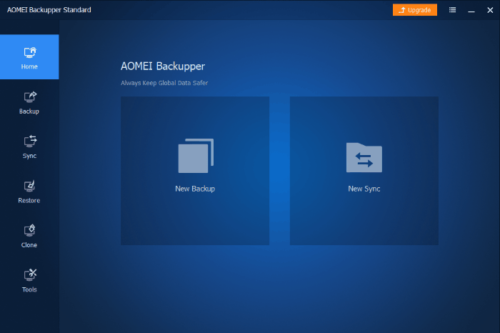
2] Select System Backup from the list. You can also create a backup for the disk and files by using this software.
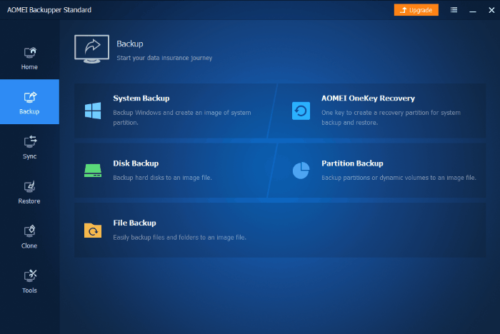
3] Now, you have to select the location where you want to create a backup file. When you are done, click on the Start Backup button. You will see the progress during the backing up of data.
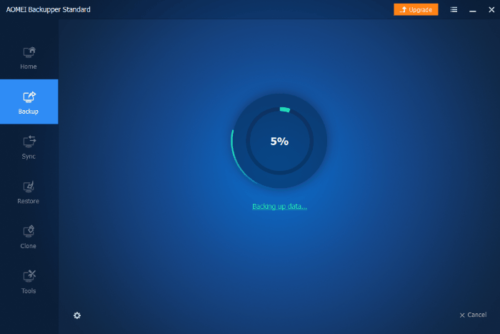
Read: How to create multiple System Images on a single external USB drive.
When the process gets completed, the backup file will be available under the Backup Management section on the Home page of the software. You can directly use this image file to restore your system or select the file manually from your computer.
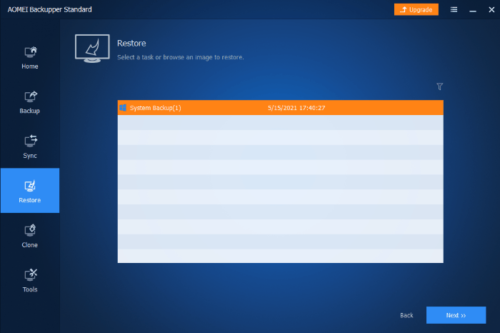
Follow the below-listed steps to restore your system from the AOMEI Backupper image file:
- Select Restore from the left side of the software and click Select Task.
- Select the task and click on the Next button. On my computer, the task was named System Backup(1). You may find the file with another name. Hence, select the file accordingly.
- You will get two options, Restore the system backup and Restore a partition in this system backup. If you want to backup a particular partition, select the latter option, else, select the first option.
- Click Next and then click Start Restore.
- Now, restart your PC to let it boot from the original hard drive.
If you are using this image for system restore on another computer with different hardware, you have to select the Universal Restore checkbox before clicking on the Start Restore button.
That’s it.
Related posts: